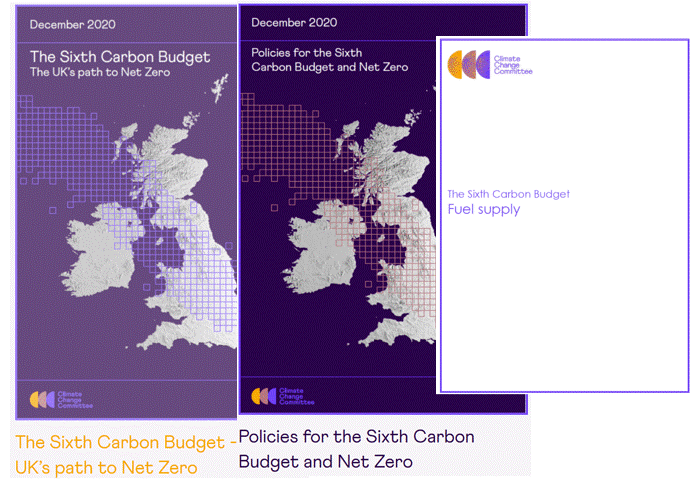General Election December 2019
Since the 2017 election threats and damage due to Climate Change and to the Natural Environment have been much more widely understood, and many voters would like to know whether they can trust politicians to address these effectively.
Actions by Extinction Rebellion and straight talk by Greta Thunberg resulted in a UK Climate Emergency bill of 1st May 2019 and Parliament commissioned a Citizens Assembly spanning multiple department’s actions on climate change. So all of the leading UK political parties claim to take the threats seriously, and their 2019 manifestos are investigated below, albeit with just one individual’s interpretation here.
Alternative comparisons include Carbon Brief’s comprehensive comparison of the manifestos of all the Parties, The Guardian’s analysis of climate policies and the BBC has an Interactive Guide with their interpretation of issues. The smaller Parties are not covered. Although the Green Party influences approaches to Climate Change and the Brexit Party influences EU aspects, only the Conservative, Labour and the Liberal Democrats are covered below.
Similar sounding Policies
Superficially the manifestos of the Conservative, Labour and Liberal Democrats have some similar sounding policies. It is the expertise and dedication applied to the Programmes that differentiates them and could persuade voters to trust a Party.
It is difficult for most voters to keep up with unfolding climate change policies to assess which Party is most likely to deliver effective action against Climate Change. The UNEP’s Emissions Gap report of Nov 2019 says that, on current trends, emissions are on track to be 38% higher by 2030 than is needed to limit warming to 1.5C. With the UK hosting the all important 2020 Conference of the Parties in Glasgow, it is crucial that we have a UK Government who will respond to the emergency as the time to act is now.
Policy topics across all Parties
– 2020 UN climate conference in Glasgow (COP26)
– trade deal protections
– flood defences
– environmental land management
– energy-intensive industries moving to low-carbon techniques
– carbon capture and storage (CCS)
– walking and cycling
– electric cars and electric charging points
– air quality
– research and development
The main differences are in the background material and track record of the parties, particularly their approaches to capital investment and day to day revenue and spend.
Transition Highgate leaves it to the reader to assess which Party is the most prepared and most likely to take action commensurate with the Climate and Environmental emergencies we face.




